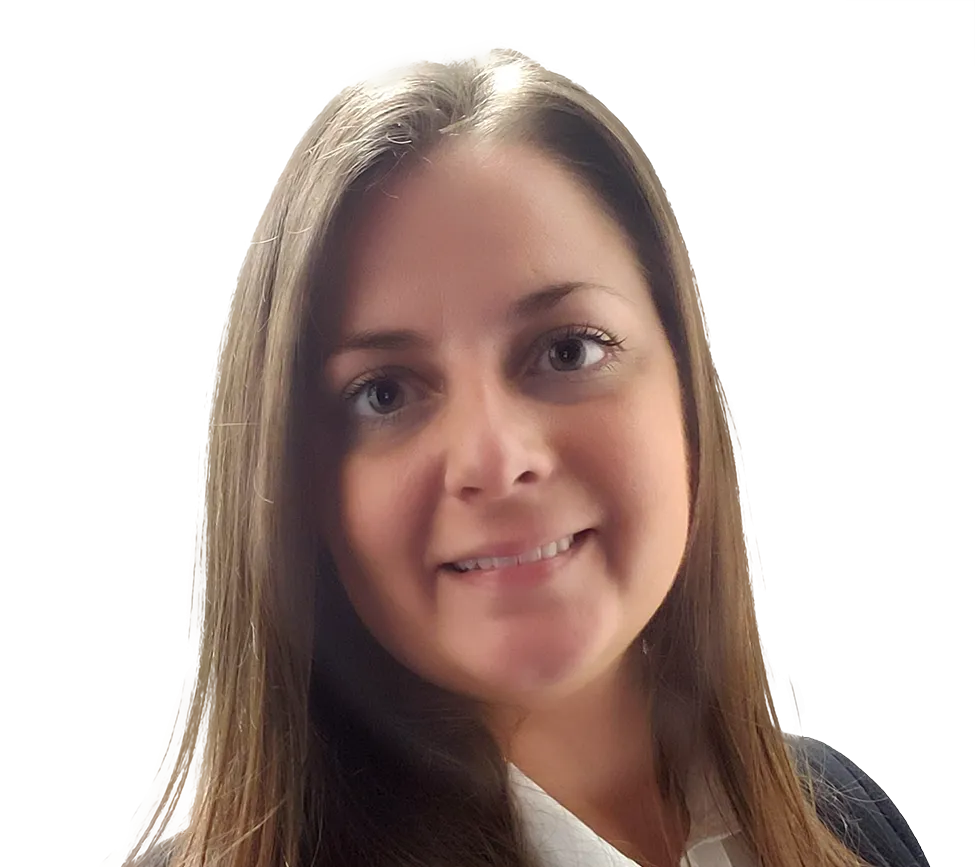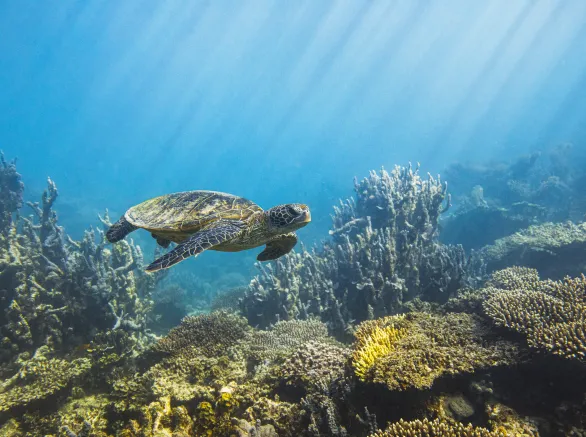Keute, J., Rizzo, J., Giunta, F., & Hernout, B. V., 2024. Evaluating washing techniques to eliminate external contamination of trace elements in bat fur and bird feathers. Ecotoxicology and Environmental Safety, 283, 116819. https://doi.org/10.1016/j.ecoenv.2024.116819.
Giunta, F., Hernout, B. V., Langen, T. A., & Twiss, M. R., 2024. A systematic review of trace elements in the tissues of bats (Chiroptera). Environmental Pollution, 124349. https://doi.org/10.1016/j.envpol.2024.124349.
Giunta, F.; Hernout, B.; Langen, T.; Twiss, M., 2024. Supplementary information from: A systematic review of trace elements in the tissues of bats (Chiroptera) [Dataset]. Dryad. https://doi.org/10.5061/dryad.sxksn03bb
Hala, D., Faulkner, P., He, K., Kamalanathan, M., Brink, M., Simons, K., Apaydin, M., Hernout, B., Petersen, L.H., Ivanov, I. and Qian, X., 2021. An integrated in vivo and in silico analysis of the metabolism disrupting effects of CPI-613 on embryo-larval zebrafish (Danio rerio). Comparative Biochemistry and Physiology Part C: Toxicology & Pharmacology, p.109084.
Copat C, Ferrante M, Hernout BV, Giunta F, Grasso A, Messina A, Grasso R, Spena MT, 2020. Trace elements bioaccumulation in Stone Curlew (Burhinus oedicnemus, Linnaeus, 1758): a case study from Sicily (Italy). International Journal of Molecular Sciences, 21(13), 4597. doi:10.3390/ijms21134597.
Hernout BV, Leleux J, Lynch J, Ramaswamy K, Faulkner P, Matich P, Hala D, 2020. The integration of fatty acid biomarkers of trophic ecology with pollutant body-burdens of PAHs and PCBs in four species of fish from Sabine Lake, Texas. Environmental Advances. 1, 100001. doi.org/10.1016/j.envadv.2020.100001.
Hala D, Cullen J, Hernout BV, Ivanov I, 2018. In silico predicted transcriptional-regulatory control of steroidogenesis in spawning female fathead minnows (Pimephales promelas). Journal of Theoretical Biology, 14; 455-179-190. doi: 10.1016/j.jtbi.2018.07.020.
Hernout BV, Gibson LJ, Walmsley AJ, Arnold KE, 2018. Interspecific variation in the spatially-explicit risks of trace metals to songbirds. The Science of the Total Environment, 642: 679 — 689. doi.org/10.1016/j.scitotenv.2018.05.390.
Ferrante M, Spena MT, Hernout BV, Grasso A, Messina A, Grasso R, Agnelli P, Brundo MV, Copat C, 2018. Trace elements bioaccumulation in liver and fur of Myotis myotis from two caves of the eastern side of Sicily (Italy): a comparison between a control and a polluted area. Environmental Pollution, 7; 240:273-285. doi: 10.1016/j.envpol.2018.04.133.
Hernout BV, Arnold KE, McClean CJ, Walls M, Baxter M, Boxall ABA, 2016. A national level assessment of metal contamination in bats. Environmental Pollution, 214: 847 — 858. doi:10.1016/j.envpol.2016.04.079.
Kistler WM, Hock S, Hernout BV, Brake E, Williams N, Downing C, Dunham NR, Kumar N, Turaga U, Parlos JA, Kendall RJ, 2016. Plains lubber grasshopper (Brachystola magna) as a potential intermediate host for Oxyspirura petrowi in northern bobwhites (Colinus virginianus). Parasitology Open, 2(7): 1-8.
Hernout BV, McClean CJ, Arnold KE, Walls M, Baxter M, Boxall ABA, 2016. Fur: a non-invasive approach to monitor metal exposure in bats. Chemosphere, 147: 376-381.doi:0.1016/j.chemosphere.2015.12.104.
Hernout BV, Pietravalle S, Arnold KE, McClean CJ, Aegerter J, Boxall ABA, 2015. Interspecies variation in the risks of metals to bats. Environmental Pollution. Volume 206: 209-216. doi:10.1016/j.envpol.2015.06.016.
Hernout BV, Bowman SR, Weaver R, Jayasinghe CJ, Boxall ABA, 2015. Implications of in vitro bioaccessibility differences for the assessment of risks of metals to bats. Environmental Toxicology and Chemistry, 34(4): 898 — 906. doi:10.1002/etc.2871.
Hernout BV, Somerwill K, Arnold KE, McClean CJ, Boxall ABA, 2013. A spatially-based modeling framework for assessing the risks of soil-associated metals to bats. Environmental Pollution, 173: 110-116. doi:10.1016/j.envpol.2012.08.017.
Hernout BV, Arnold KE, McClean CJ, Grimm V, Boxall ABA, 2011. Predicting the threats of chemicals to wildlife: What are the challenges? Integrated Environmental Assessment and Management, 7(3): 499-506. doi:10.1002/ieam.198.
Presentations
Selected Oral Presentations
Hernout BV, Keute J*, Giunta F*, 2024. Trace elements contamination in bats: an overview. SETAC North Atlantic Chapter, 30th Annual Meeting, Woods Hole, MA, USA.
Rattner B, Bean T, Hernout BV, Olker J, 2023. Critique of lower-level toxicological response measurements with linkage to apical effects for wildlife ecological risk assessments" with Barnett Rattner, Thomas Bean and Jennifer Olker. SETAC meeting 44th annual meeting, Louisville, KY, USA.
Keute J*, Hernout BV, 2022. The Efficiency of Washing Techniques to Eliminate External Contamination of Trace Metals in Bat Fur and Bird Feathers. RAPS (Research and Project Showcase) Conference, Clarkson University.
Spotlight speaker: Wildlife Toxicology Interest Group SETAC, Online General Meeting. Spring 2022.
Hernout BV, Hernandez E, Hala D, 2018. PAHs and PCBs levels and associated biomarker activity in fish from Galveston Bay (TX) following Hurricane Harvey. Harvey Research Symposium, Port Aransas.
Hernout BV, Bowman SR, Weaver R, Jayasinghe CJ, Boxall ABA, 2013. Assessing metal bioaccessibility from invertebrates to bats using an In Vitro Gastric Model, CREAM Open Conference, Leipzig, Germany.
Hernout BV, Somerwill K, Arnold KE, McClean CJ, Boxall ABA, 2013. Predicting exposure of bats to soil-associated metals: Model evaluation. SETAC Europe 23rd Annual meeting, Glasgow, UK.
Hernout BV, Somerwill K, McClean CJ, Arnold KE, Boxall ABA, 2011. Predicting exposure of Pipistrellus sp. to soil associated metals, SETAC North America 32nd Annual meeting, Boston, USA.
Hernout BV, Somerwill K, McClean CJ, Arnold KE, Boxall ABA, 2011. Predicting exposure of Pipistrellus sp. to soil-associated metals, SETAC 2nd Young Environmental Scientists Meeting, Aachen, Germany.
Selected Poster Presentations
Keute J*, Hernout BV, 2022. The Efficiency of Washing Techniques to Eliminate External Contamination of Trace Metals in Bat Fur and Bird Feathers, SETAC NA 43rd Annual meeting, Pittsburg, PA, USA.
Jemal H*, Hernout BV, 2022. The toxicological effects of two halogenated methoxyphenols found in the Great Lakes on Daphnia magna. RAPS (Research and Project Showcase) Conference, Clarkson University, Potsdam, NY, USA.
Giunta F*, Hernout BV, 2021. Trace metal contamination in bats: an overview from literature data. RAPS (Research and Project Showcase) Conference, Clarkson University, Potsdam, NY, USA.
Keute J*, Hernout BV, 2021. A Review of Methylmercury (MeHg) and Total Mercury (THg) Levels in Bird Feathers. RAPS (Research and Project Showcase) Conference, Clarkson University, Potsdam, NY, USA.
Keute J*, Hernout BV, 2021. Testing an Efficient Method to Remove External Contamination in Feathers Prior to Trace Metal Analysis. RAPS (Research and Project Showcase) Conference, Clarkson University, Potsdam, NY, USA.
Hernandez E, Hernout BV, Hala D, 2018. Physiological effects and pollutant levels in fish from Galveston Bay following Hurricane Harvey. OCEANUS (NSF Program) symposia, Undergraduate Research Poster Session at Texas A&M University, College Station, TX, USA.
Hernout BV, Arnold KE, McClean CJ, Walls M, Baxter M, Boxall ABA, 2013. Trace metal elements in the common pipistrelle bat (Pipistrellus pipistrellus), SETAC Europe 23rd annual meeting, Glasgow, UK.
Hernout BV, Somerwill K, McClean CJ, Arnold KE, Boxall ABA, 2011. Predicting exposure of Pipistrellus sp. to soil-associated metals, SETAC 21st Europe Annual Meeting, Milan, Italy.
*Students supervised by BVH


